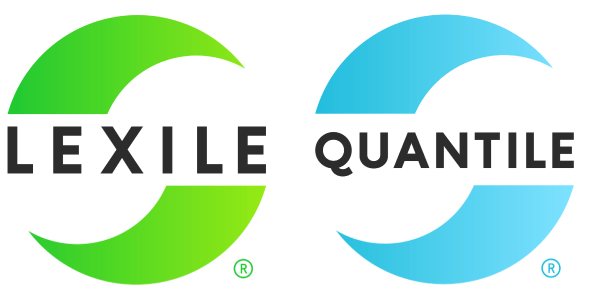The Science of Reading vs. The Science of Teaching Reading
- Professional Learning
- Science of Reading
- Lexile

“The science of reading is a vast, interdisciplinary body of scientifically-based
research about reading and issues related to reading and writing.”
-The Reading League’s Defining Guide
“We know more about the science of reading than about the science of teaching based on the science of reading.”
-Seidenberg et al., 2020
Everyone’s heard about the Science of Reading, but have you heard about the Science of Teaching Reading? In this blog I will explain the difference between the Science of Reading and the Science of Teaching Reading and why it is important for teachers to know the difference. I will also end with some key implications for practice.
Let’s start with the difference between the two. The best definition I have come across for the Science of Reading is put forth in The Reading League’s defining guide:
“The science of reading is a vast, interdisciplinary body of scientifically-based research about reading and issues related to reading and writing. This research has been conducted over the last five decades across the world, and it is derived from thousands of studies conducted in multiple languages. The science of reading has culminated in a preponderance of evidence to inform how proficient reading and writing develop; why some have difficulty; and how we can most effectively assess and teach and, therefore, improve student outcomes through prevention of and intervention for reading difficulties.”
The Science of Teaching Reading can be thought of as a small subset of all the research in The Science of Reading that directly informs classroom practice. The Science of Teaching Reading is always encompassed within the Science of Reading research, but not all Science of Reading research is the Science of Teaching Reading. Man that is a tongue-twister! What do I mean by this? Well, put simply: not all research can tell us how best to teach reading. Take, for example, neuroscience studies using fMRI to see how the visual word form area is differentially activated in struggling readers vs typically-developing readers. These types of studies are fascinating and help us develop our theories and models of reading development. But, they do not tell a teacher how to teach reading. Therefore, this type of study would not fall in the small subset of research in the Science of Teaching Reading.
Unfortunately, as Seidenberg et al.’s quote at the top of the post states, we still need a lot more research on the science of teaching reading. While some questions such as “what is an effective method for teaching children how to blend words?” (answer: connected phonation) and “how many grapheme-phoneme correspondences should I teach at once?” (answer: 3 a week) do have preliminary research. Other questions like, “what is the best scope and sequence?” or “when do I transition my students out of decodable texts?” are still under-researched as of now.
Well, what is a teacher to do in the absence of research evidence? Collect data! Luckily, we have a good process for checking how well students respond to a given program or intervention. This process is known as progress monitoring. If students are not responding you can use another process known as data-based individualization to tweak the program to be more responsive to a given student’s needs.
So, in summary, not all research can inform classroom practices. Indeed, only a small subset of research (as of now) is on the science of teaching reading. While practitioners wait for the research to catch up, they can always collect data on student performance and use that data to make instructional decisions.
Next steps:
- Visit the Lexile & Quantile Hub to:
- use the Find a Decodable Book tool
- locate and download Lexile Decodable Passages in the Resource Center, &
- read: The Science Behind Decodable Books
Further Reading
The Science of Reading is Incomplete Without the Science of Teaching Reading
How the Science of Reading Informs 21st-Century Education
Lost in Translation? Challenges in Connecting Reading Science and Educational Practice
